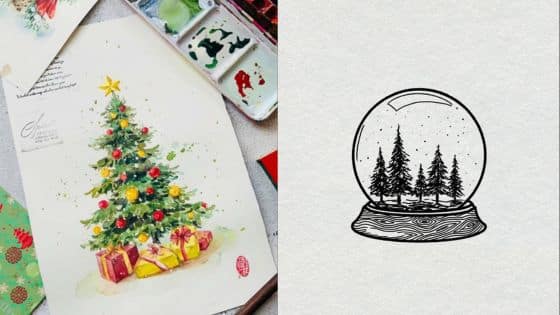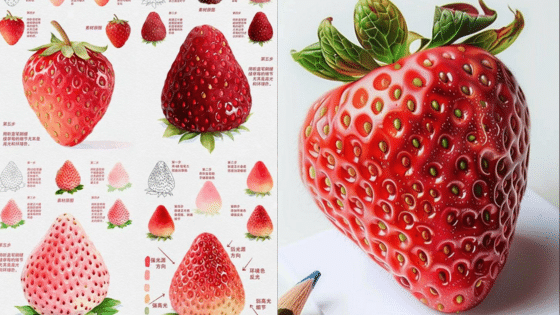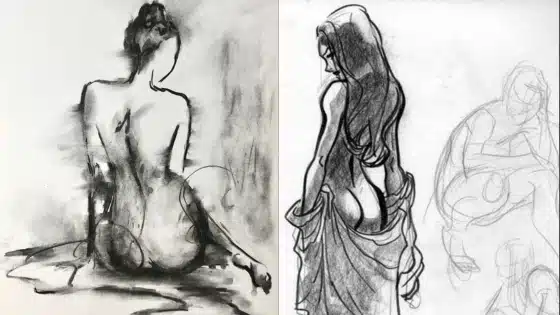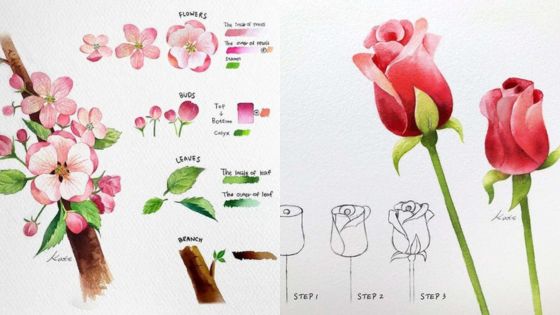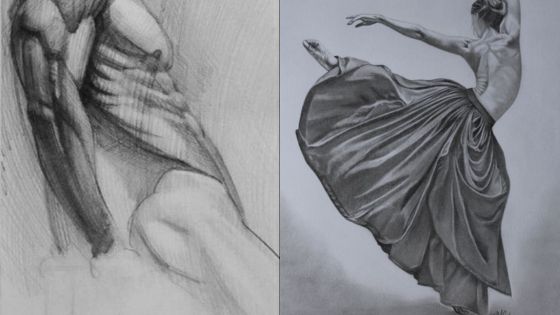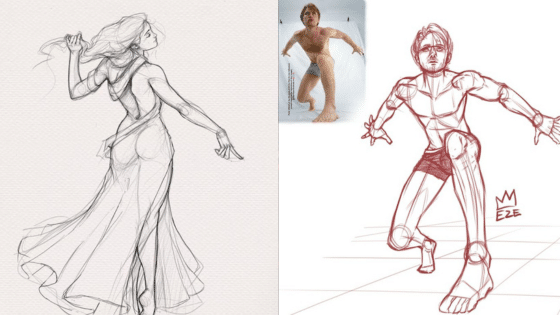Anime character posing references help artists create accurate and dynamic drawings by showing how bodies move and hold different stances. Using pose references makes it easier to draw characters that look natural and express the right emotions. This saves time and improves the quality of the artwork.
Many artists use 3D models or pose collections that offer ready-made anime poses. These tools let them adjust positions or pick from a variety of stances, which can give new ideas and help them avoid common drawing mistakes. This makes sketching anime characters both simpler and more fun.
By practicing with pose references, artists can build their skills in anatomy and movement. They also gain confidence when drawing characters in action or complex positions, helping their art stand out with more life and detail.
What Are Anime Character Posing References?
Anime character posing references are tools that help artists create accurate and expressive poses for their drawings. They guide the way characters stand, move, and show emotion. These references highlight unique anime style features and help improve drawing consistency.
Definition and Purpose
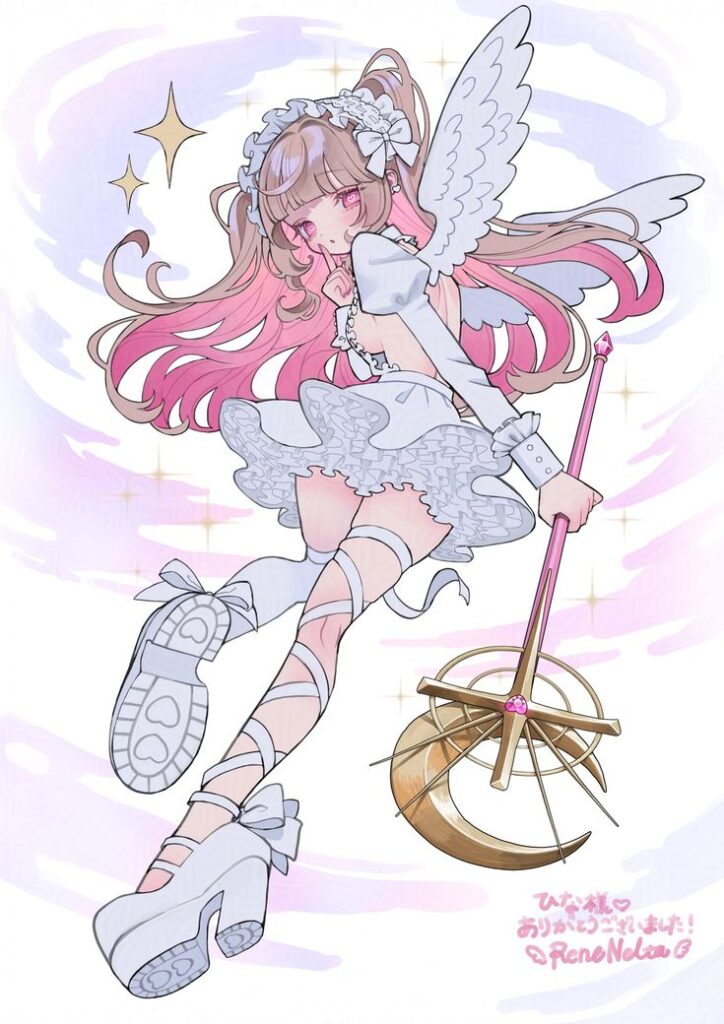
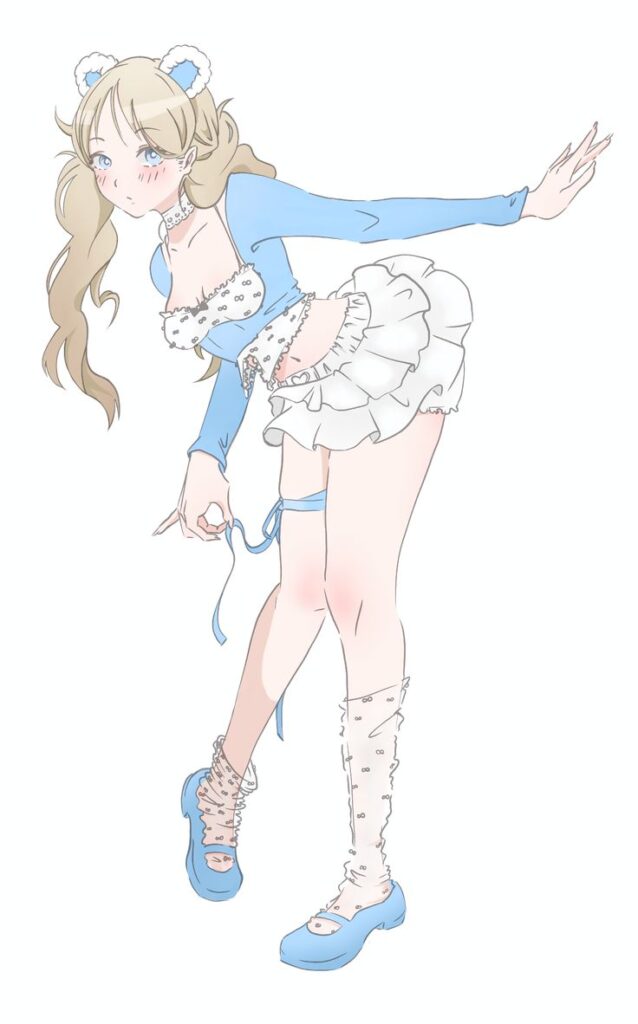
Anime character posing references are images or 3D models used to show how anime characters can be positioned. They include different body angles, gestures, and facial expressions. These references serve as a visual guide for artists who want to draw characters with realistic proportions and dynamic movement.
The purpose is to help artists understand how to balance exaggerated anime features, like big eyes or sharp movement lines, within believable poses. This keeps characters lively and true to the anime style. Using references also saves time and builds confidence in creating original poses.
Benefits for Artists
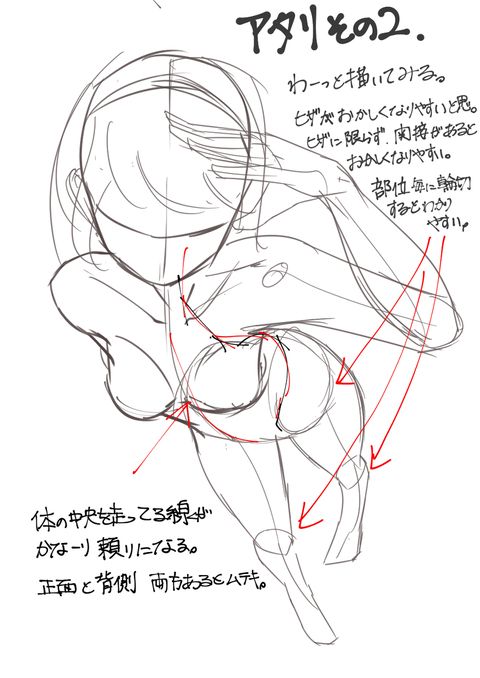
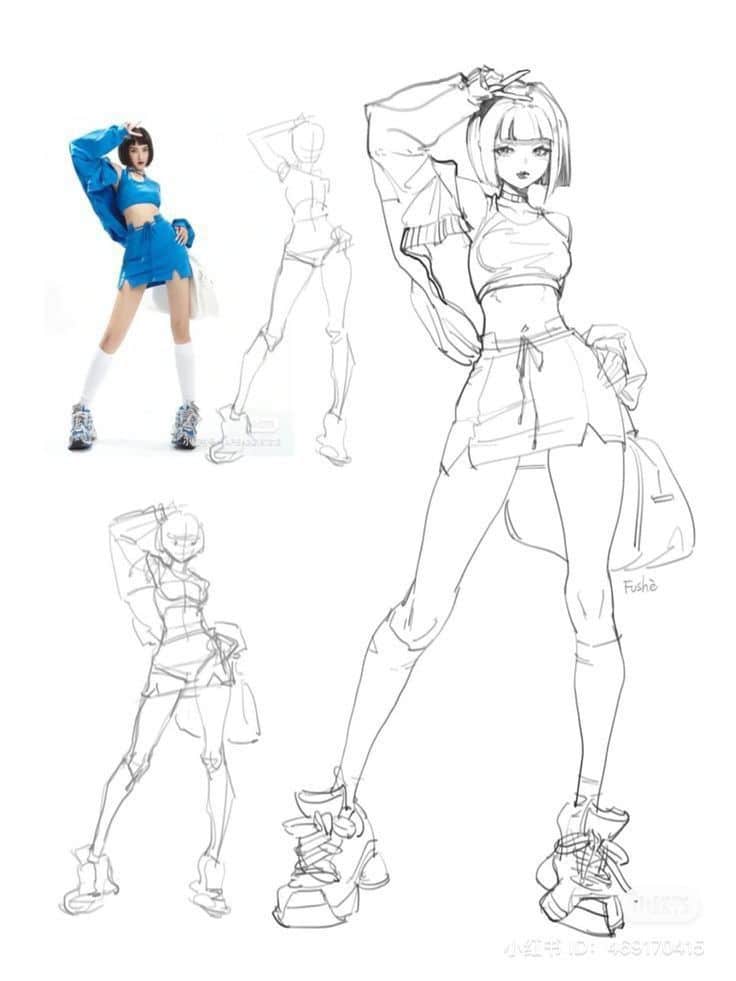
Using anime posing references helps artists in several ways:
- Improves accuracy: Artists get better at anatomy and body balance.
- Boosts creativity: References inspire new and unique character poses.
- Saves time: Artists avoid guesswork and focus on details they want to emphasize.
- Builds confidence: Artists feel more sure about drawing action and emotion.
References are especially useful for beginners who need to learn pose basics and for professionals wanting fresh ideas. They also help with consistent character design across different drawings.
Difference from Traditional Figure Drawing
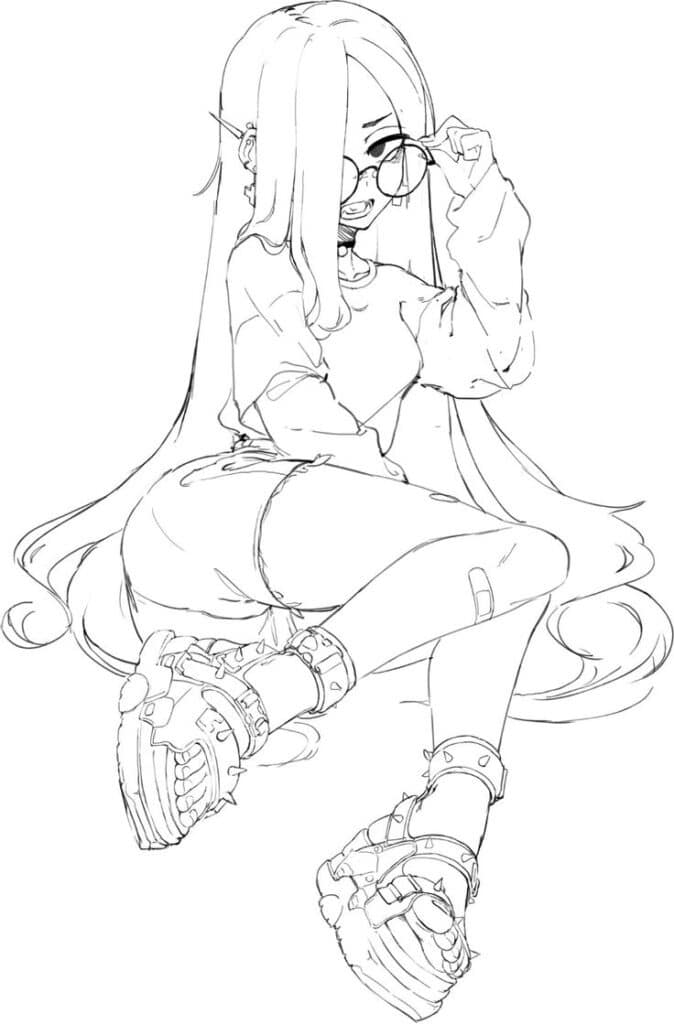
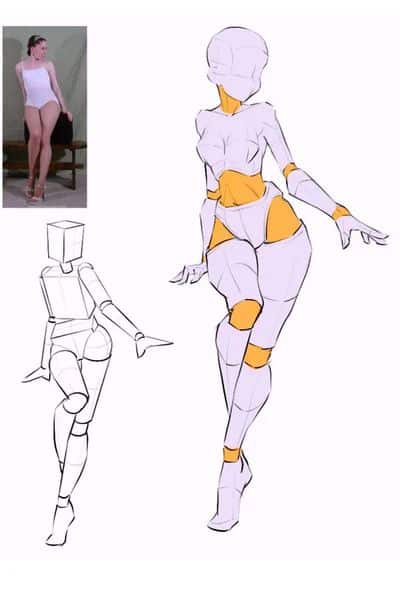
Anime posing references differ from traditional figure drawing mainly in style and focus. Traditional figure drawing aims for realistic human anatomy with subtle details.
Anime posing focuses on more stylized proportions like larger heads, longer limbs, or exaggerated expressions. It emphasizes dynamic movement and personality over strict realism.
While both use similar concepts, anime references prioritize emotion and action tailored to the unique look of anime. This makes them a specialized tool for artists working within this art form.
Where to Find Anime Character Posing References
Anime character posing references can be found in a variety of places. These include websites with 3D models, social media groups where artists share work, and printed art books with official poses from anime creators. Each source offers different tools and examples to help improve drawing skills.
Online Pose Reference Websites
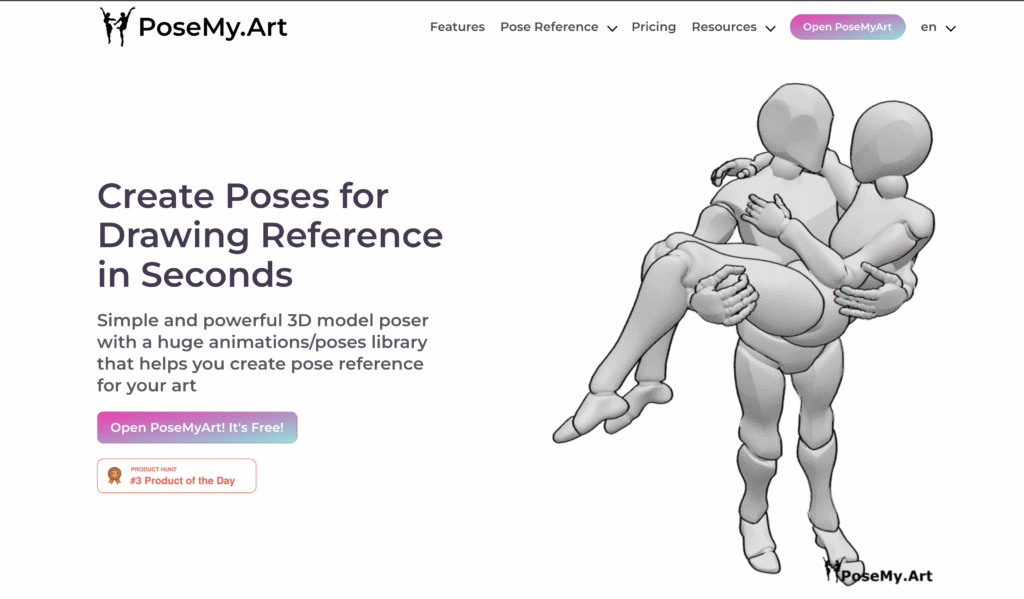
There are many websites dedicated to providing pose references for anime characters. Some sites offer 3D models that users can rotate and adjust to get the perfect angle. For example, tools like PoseMy.Art let artists create custom poses by moving body parts on virtual figures.
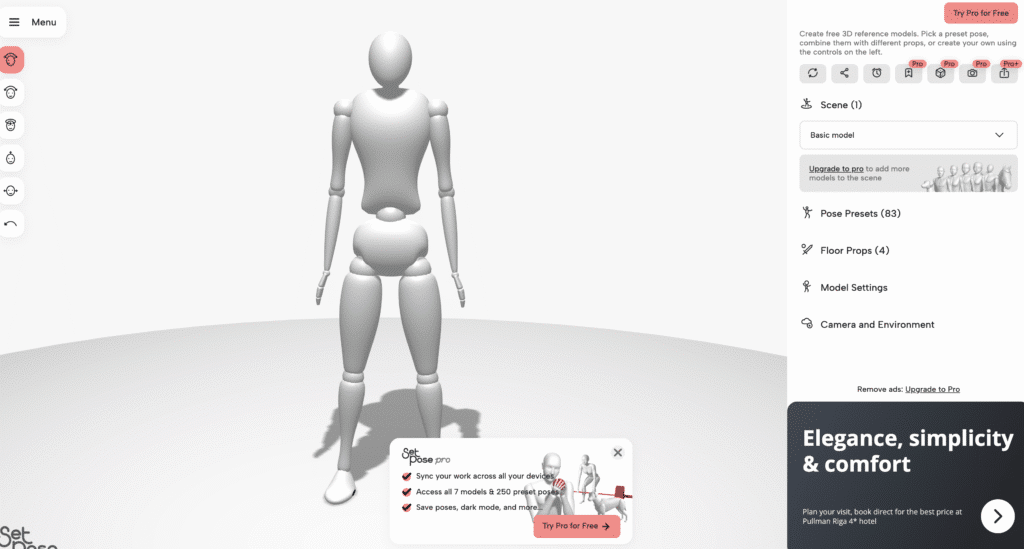
Other sites, such as SetPose.com, focus on anime-style mannequins with preset poses that artists can use directly or tweak for their drawings. These online resources are usually free and allow instant access to a variety of poses without the need for live models.
Social Media and Community Resources
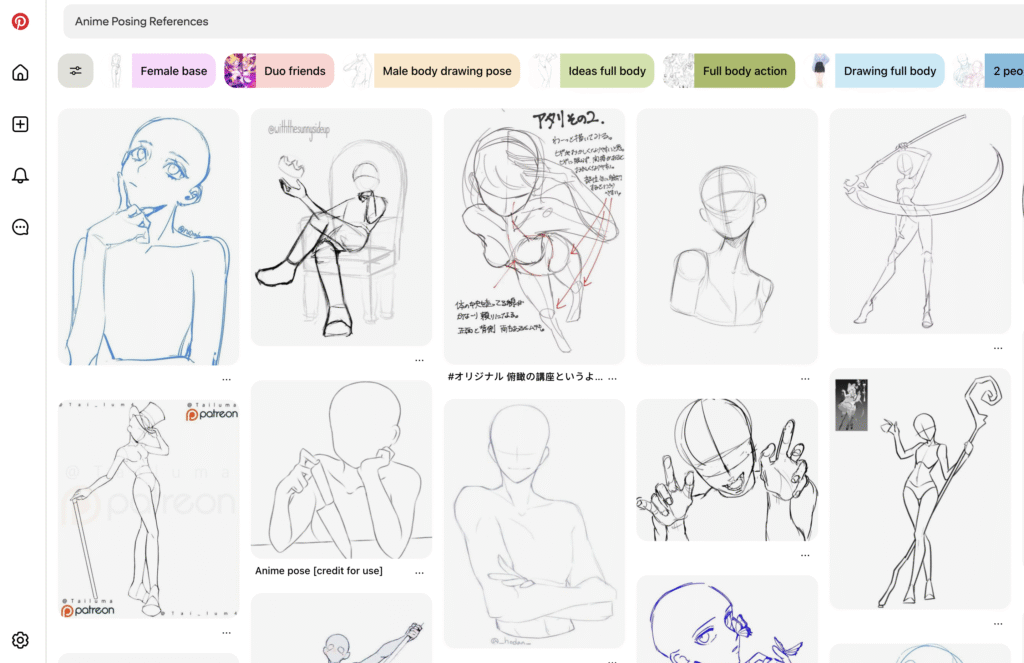
Creatives often use social media platforms to share anime pose references. On sites like Instagram, Twitter, and Pinterest, artists post original pose sheets, sketches, and tutorials. Hashtags like #animepose or #characterpose help find relevant content.
Online art communities, such as DeviantArt and Reddit’s anime drawing groups, provide spaces for users to request, exchange, or critique pose references. These communities are useful for getting feedback and discovering new, creative poses inspired by other artists.
Art Books and Official Guides

Art books from anime studios or manga artists are a valuable resource for poses. These books often contain detailed sketches, character turnarounds, and pose studies used in production.
Official guides may show characters in various key poses and expressions, helping artists understand style and anatomy specific to the anime. Though these books cost money, they offer reliable, high-quality references directly from the creators behind popular series.
How to Use Anime Character Posing References Effectively
Using anime pose references well can boost drawing skills and help artists create more natural and dynamic characters. It involves carefully studying the pose, changing it to fit new characters, and avoiding common errors that can make drawings look stiff or awkward.
Breaking Down the Pose

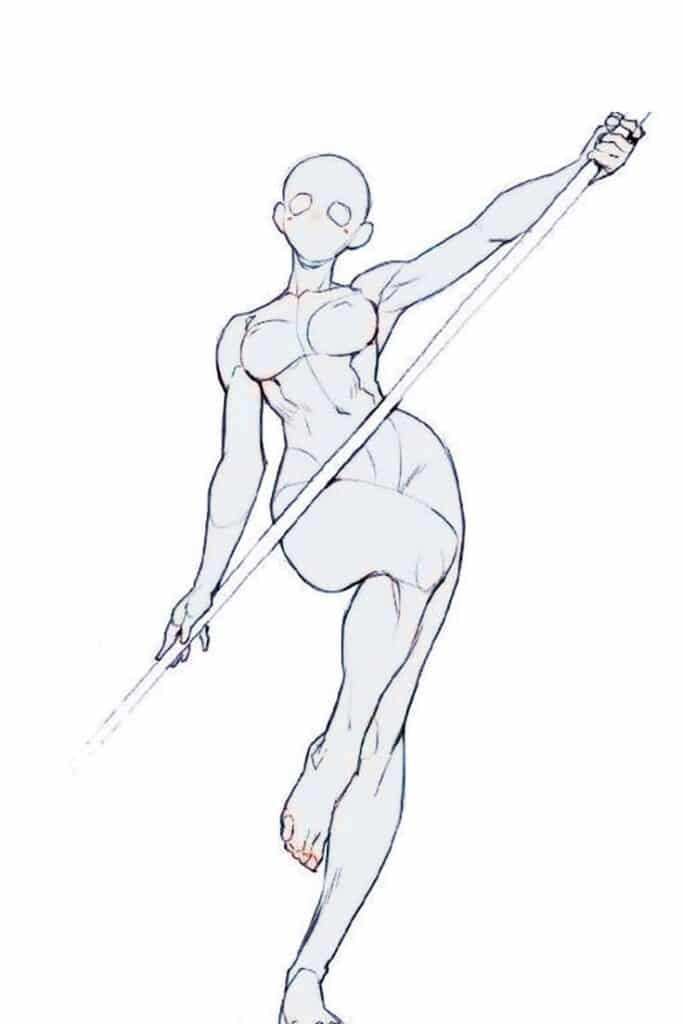
First, the artist should look closely at the pose’s key parts, such as limb placement, body angle, and balance. They should notice how weight shifts, where the center of gravity lies, and how joints bend.
It helps to break the pose into simple shapes like circles for joints and lines for limbs. This makes it easier to understand the structure and flow.
Pay attention to the pose’s mood or action. For example, a relaxed stance differs from a battle-ready pose in subtle ways like hand position or head tilt.
Adapting References for Original Characters
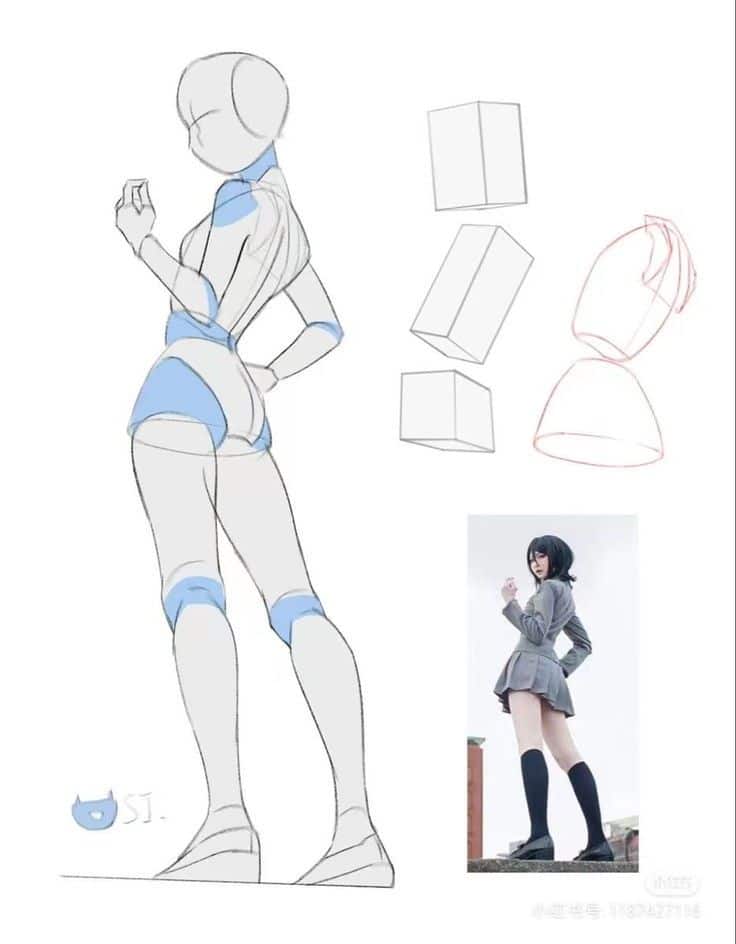
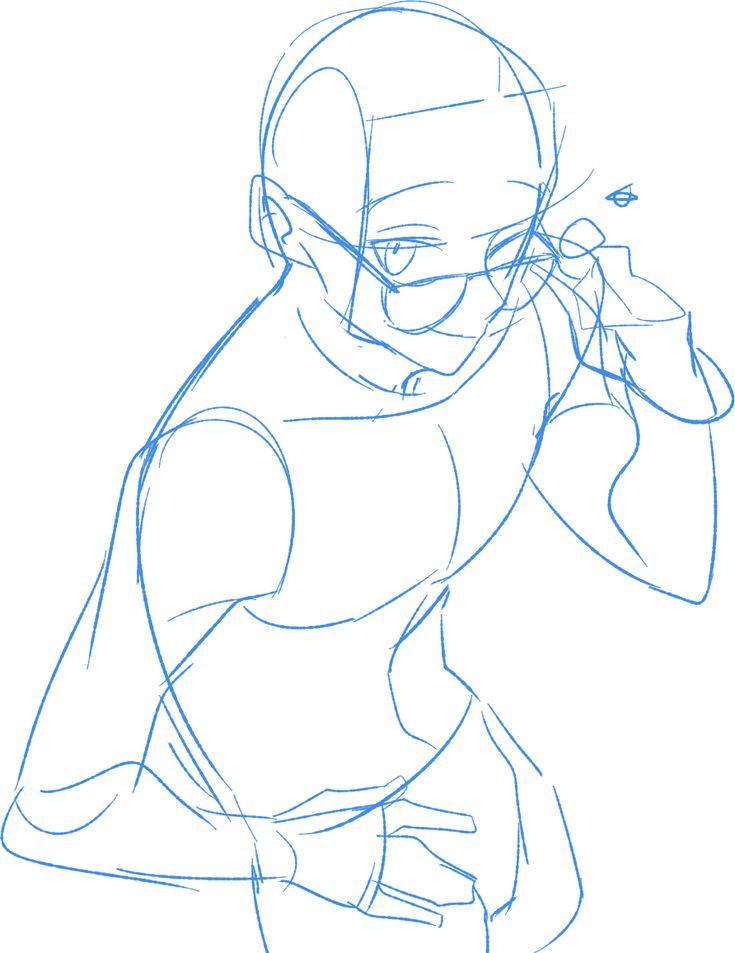
When using a reference, the artist shouldn’t copy it exactly. Instead, they should adjust the pose to fit their character’s size, personality, and style.
Changing small things like hand gestures or facial expression can make the pose feel more unique. Swapping angles or exaggerating proportions can also help match a character’s traits.
It’s important to keep the pose believable. Even with changes, the character should look balanced and natural. Using the reference as a guide, not a rule, allows for creativity.
Common Mistakes to Avoid
One common mistake is copying poses too rigidly, which makes characters appear stiff and unnatural. Poses should feel fluid, showing movement or weight shifts.
Another error is ignoring perspective or foreshortening, causing parts of the body to look off. Artists should practice drawing from different angles to fix this.
Lastly, relying on one reference without understanding it can limit an artist. Using multiple sources or 3D tools for better depth helps improve pose accuracy.
Tips for Creating Your Own Posing References
Creating good posing references means having tools or images that help capture clear and accurate body positions. Using digital models or real photos can give artists useful guides for drawing consistent and natural poses.
Using 3D Models and Pose Apps
3D model apps let artists move digital figures into precise poses. These tools often come with adjustable joints and body parts, so users can easily change angles or positions without starting over.
Artists can save different poses to build a personal library. Some apps even include premade animations to inspire dynamic body movements and expressions.
Using 3D models helps with difficult angles or complex poses. Users can zoom in to study body mechanics closer. This method is useful for practicing both simple and action-packed poses without needing a live model.
Photography for Reference Creation
Taking photos is another effective way to create pose references. Artists can use friends, family, or even themselves as models. A simple camera or phone works well.
Good lighting and clear backgrounds improve photo quality. It is helpful to take multiple shots from various angles to get a full view of the pose.
Artists should focus on natural body positioning and avoid stiff or forced poses. They can also use props or costumes to add context or character to the pose, making the reference more useful for specific scenes or moods.
- 649shares
- Facebook0
- Pinterest649
- Twitter0
- Reddit0








